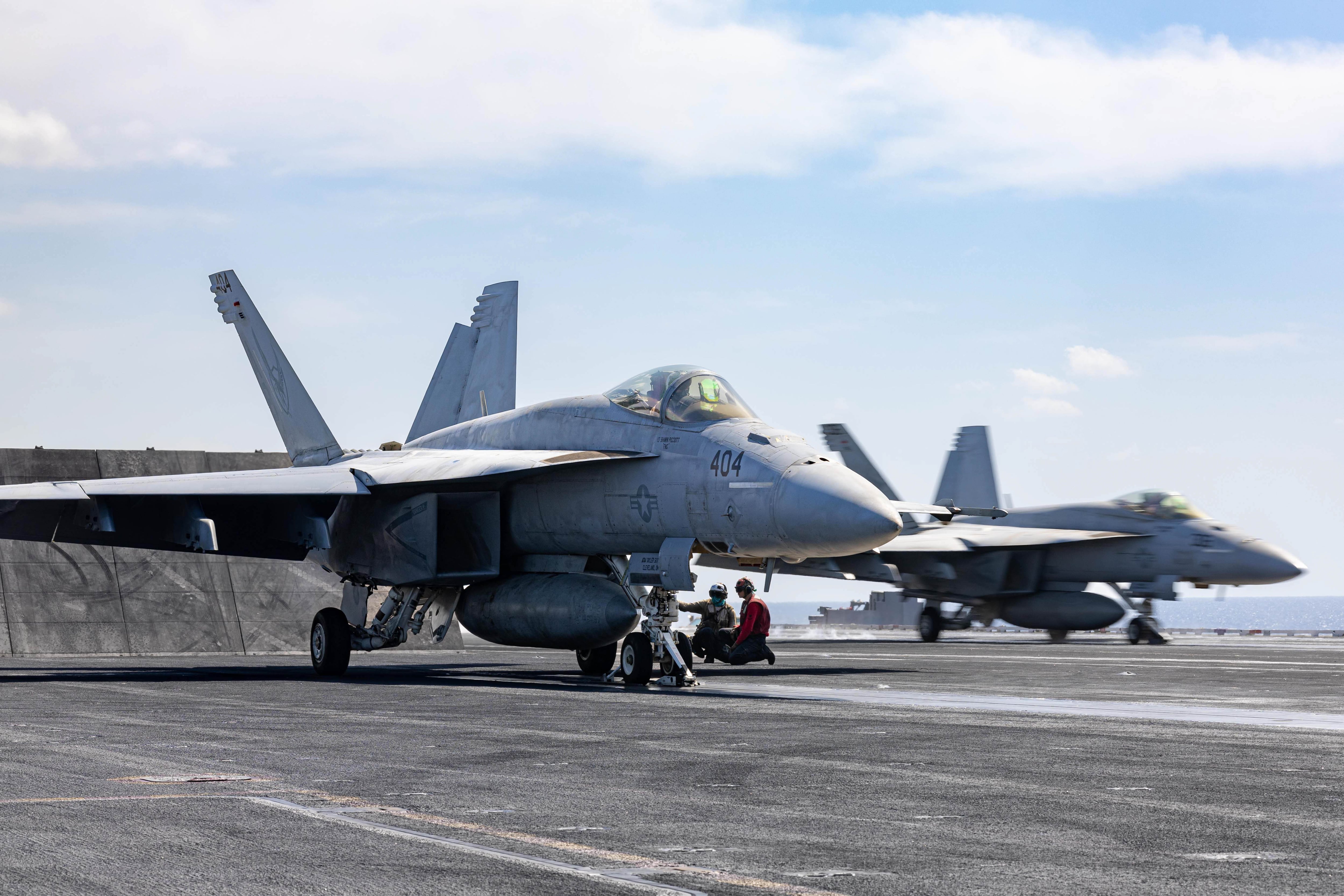With no pilot in the air, and no pilot on the ground, unmanned helos may soon be making dangerous supply deliveries or getting Marines out of harm’s way ― all from the summon of a mobile tablet.
The Marine Corps plans to experiment with a software package that would allow a helicopter to fly autonomously, officials said.
“It gives us a lot more confidence requesting that support,” Cpl. Christopher Osterhaus, combat instructor, The Basic School, told Marine Corps Times at Quantico, Virginia, on Tuesday. “Without a pilot, we don’t have to worry about that concern for a manned mission potentially taking contact. Whereas if we sent this autonomous system, we don’t have to worry about any danger to any pilot.”
Using a tablet, a Marine can program an unmanned helicopter to fly to a certain point, even if the enemy has jammed GPS, said Robert Freeman, a spokesman for the Office of Naval Research.
So far, ONR has tested the Autonomous Aerial Cargo Utility System on helicopters, but it could possibly be re-engineered to be fitted on fixed-wing aircraft and Ospreys, Freeman said. The system is made by Aurora Flight Sciences, headquartered in Virginia.
A Marine UH-1Y Venom fitted with the software made three demonstration flights Tuesday at Marine Corps Base Quantico, Virginia. The flights were not completely unmanned as the Federal Aviation Administration required a safety observer to ride in the helicopter, Freeman said.
Marine Corps officials have not decided whether to purchase the AACUS, said Lt. Col. Amy Punzel, a spokeswoman for Marine Corps Combat Development Command. The Corps will test the system at this spring’s Integrated Training Exercise in Twentynine Palms, California, as part of the Sea Dragon 2025 experimentation.




